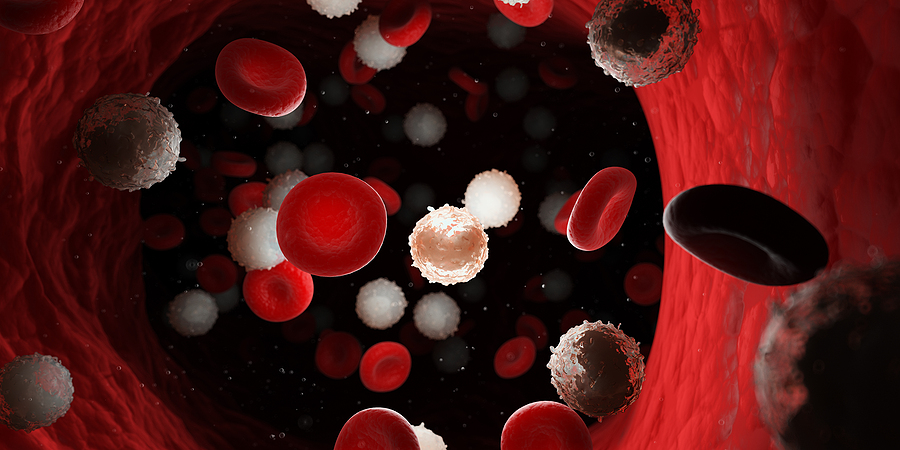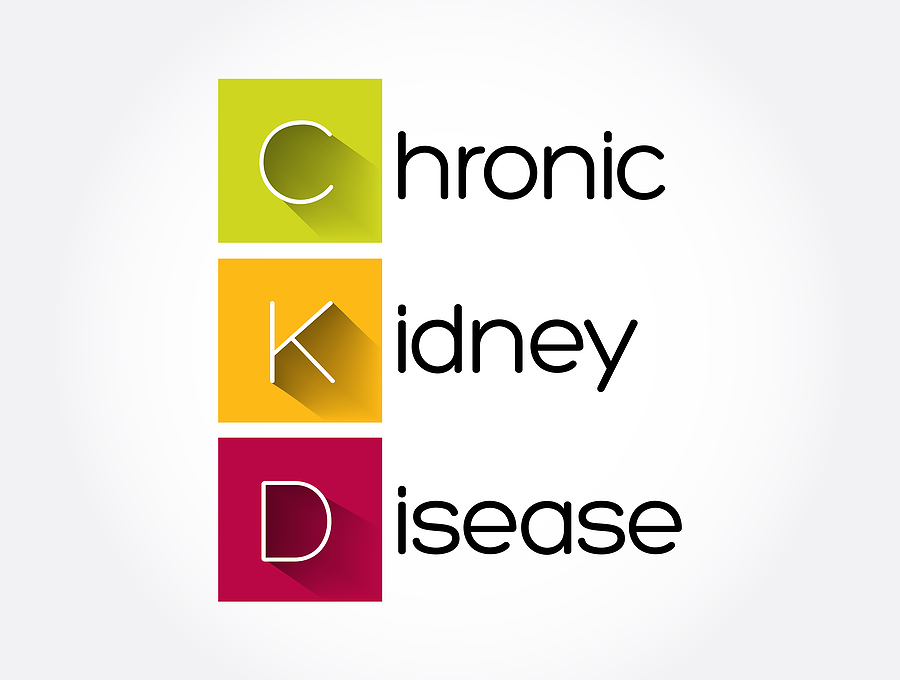Lymphocytic leukemia and lymphoma are two interrelated but distinct types of cancer that affect lymphocytes, a subtype of white blood cells integral to the immune system. Chronic Lymphocytic Leukemia (CLL) and Small Lymphocytic Lymphoma (SLL) are particularly closely related and are often considered different manifestations of the same disease.
CLL is a type of leukemia that typically progresses slowly and involves the accumulation of abnormal lymphocytes in the blood, bone marrow, and lymphoid tissues. SLL is similar to CLL but primarily consists of the lymph nodes.
But this isn’t a detailed clinical look at these diseases. This article focuses on what you must do as a pilot to qualify for a medical certificate after diagnosing CLL or SLL.
Flying after CLL or SLL
As with most other medical conditions, the FAA does not care whether or not you have CLL or SLL per se. They do care about how the associated symptoms might affect your ability to safely operate an aircraft and the possibility that the condition could progress before your next FAA medical exam.
Symptoms common to both conditions include fatigue, fevers, night sweats, weight loss, and increased susceptibility to infection. Few would argue that someone actively dealing with those issues should also be flying as a pilot in command.
Thankfully, the five-year survival rates for Chronic Lymphocytic Leukemia (CLL) and Small Lymphocytic Lymphoma (SLL) have shown significant improvement over the past two decades Thanks to advancements in treatment and early detection, survival rate exceeds 90% for those who are relatively young and healthy at the time of diagnosis[1].
The FAA has acknowledged that and kept pace with the times by including CLL and SLL on its Conditions AMEs Can Issue (CACIs) list.
Qualifying for a CACI with CLL or SLL
As with other CACI conditions, AMEs can only issue medical certificates to pilots with well-controlled conditions who also submit current medical documentation to prove it. Pilots with CLL or SLL also need to meet all of the following criteria[2]:
- You must have no current symptoms and have no evidence of active disease
- Your treated oncologist must have monitored you for five years or more and document that your condition is stable
- You must not be receiving any active treatment for your CLL or SLL
- You must have been 40 or older at the time of diagnosis
- Your disease staging must be no higher than Rai 1 or Binet A
- You must provide lab results from a complete blood count that demonstrates adequate hemoglobin and platelet levels
Qualifying for a medical certificate under this CACI protocol requires some homework and may not be possible for some pilots. For many others, it offers something that did not exist before the FAA published this CACI in mid-2023: the chance to fly after blood cancer without waiting on government bureaucracy.
What if you don’t meet the CLL/SLL CACI criteria?
For those without active symptoms, the FAA may still grant medical certification. Still, you’ll need to provide more documentation and wait for the Aerospace Medical Certification Division (AMCD) to review your application formally.
The criteria they use to make a medical certification decision are not publicized and would require an explanation beyond the scope of this article. The best way to predict AMCD’s decision is by honest self-assessment. If you were just diagnosed, have active symptoms, or have high-risk staging by either Rai or Binet criteria, your condition most likely introduces too much risk to be considered for a medical certificate.
Even so, if your CLL or SLL is stable, you can fly safely, and your medical care has been well documented, you can probably qualify for a medical certificate even if you cannot use the CACI protocol.
The process will take a bit longer, but with the proper preparation, you can realistically pursue FAA medical certification.
Navigating the process
You do not have to maintain perfect health to keep your FAA medical. However, you do need to take a proactive approach to your medical care and be able to communicate your health status to the FAA.
Once you and your doctors agree that you can fly safely, convincing the FAA boils down to getting the paperwork right. A well-prepared medical certificate application can save you months or even years of the medical certification process. That translates into more time flying. Especially when you develop a new condition or decline in health, ensure you know how to put your best foot forward before scheduling your AME appointment.
References
[1] “Key Statistics for Chronic Lymphocytic Leukemia.” Accessed: Jul. 13, 2024. [Online]. Available: https://www.cancer.org/cancer/types/chronic-lymphocytic-leukemia/about/key-statistics.html
[2] “Guide for Aviation Medical Examiners | Federal Aviation Administration.” Accessed: Jul. 13, 2024. [Online]. Available: https://www.faa.gov/ame_guide/certification_ws





